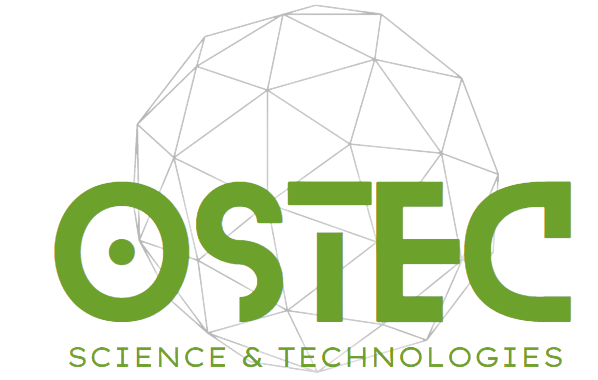The benefits of science go beyond the daily lessons in school and homework. Children who love science often come home with a twinkle in their eye. Their enthusiasm may be spurred on by a classroom chemistry experiment. It is a great influence in the lives of young people and can bring about a great many positive changes. But there are so many other ways that science helps children. Here are a few ideas. Read on to discover more about the benefits of science and how it can help your child.
Research
Many people wonder how science helps research. While scientists are trained to ask difficult questions, they’re often judged based on how many results they’re able to publish. To gain the coveted publication status, scientists often strive for high-profile results, which get them into prestigious journals. The pressure to publish can create an unhealthy cycle, leading to scientists cutting corners in their data analysis and publishing. To overcome this problem, scientists can use open science and other open data methods.
Modeling
A key part of scientific knowledge is a model. Scientists use models to explain complex data and present hypotheses. While many scientists develop several models, many argue about which one is the ‘right’ one. As such, models evolve over time. Modeling is essential to science’s knowledge-building process and demonstrates the tentative nature of scientific knowledge. Here are some of the reasons why modeling is important. Let’s explore some of these in more detail.
Refuting theories
The scientific method involves attempting to falsify a theory with a test. This is known as testability. Some theories are easier to test than others. Testability determines the scientific status of a theory. While there are some rules for scientific validity, the validity of a theory is determined by its falsifiability. Here are some tips for testing a theory. First, use a reliable source when testing it.
Reinforcing language arts
Science reinforces language arts by incorporating the use of scientific methods, such as observation, observational writing, and mathematical models. In addition, many experiments in science use the concepts of measurement and thermometer reading. These practices help students understand the process and learn how to write a hypothesis, guess, or explanation for an experiment. By incorporating language arts into science lessons, children learn the value of clear and precise language. In addition, science is a practical subject, with many everyday applications.
Building generational wealth
Building multigenerational wealth is not about making a big bet and accumulating huge amounts of money – it requires constant effort and financial literacy. This is particularly true for first-generation students from low-wealth families. By providing a sound financial education to the children, you can lay the foundation for lasting wealth. The following are five ways science can help you build generational wealth. The first is through financial literacy.
Ending cycles of poverty
In 1970, more than 60 percent of the world’s poor lived in Asia, where nearly half of the world’s population still lives in poverty. Of these, five hundred and sixty million are children. In addition to not having enough money to buy food, these families often lack access to health care and education. Fertile land and water are becoming increasingly scarce, and a lack of money prevents families from buying nutritious food. In addition to these problems, the lack of food and clean water is one of the major stumbling blocks to end the cycle of poverty.

